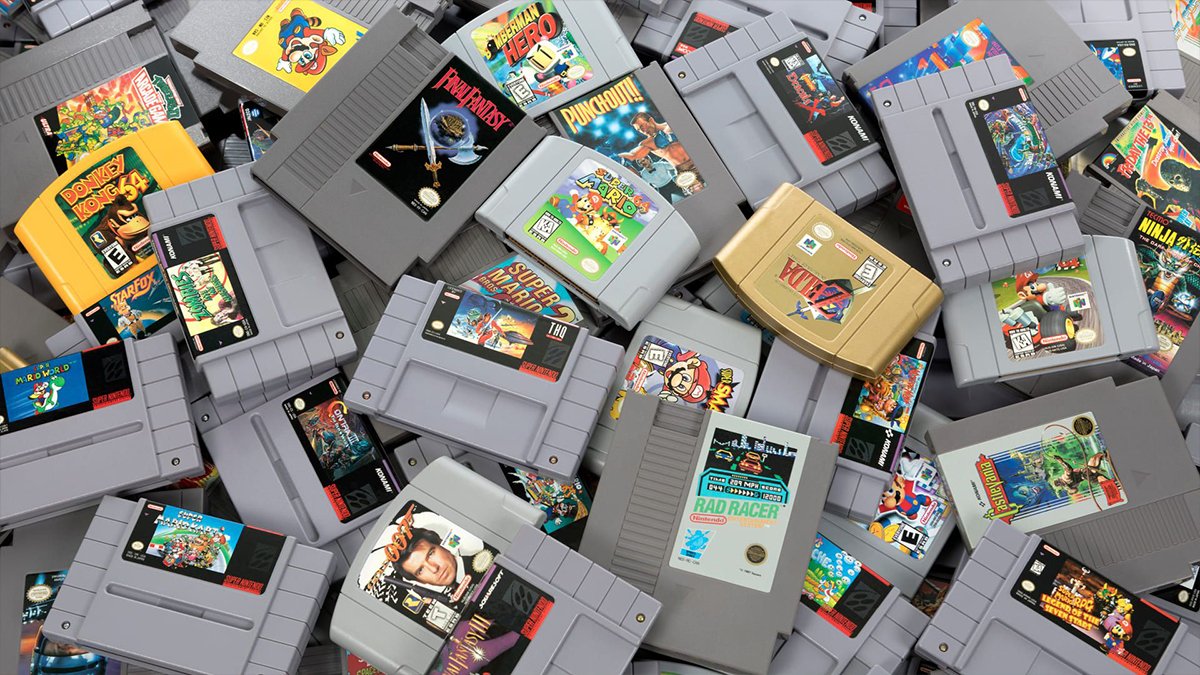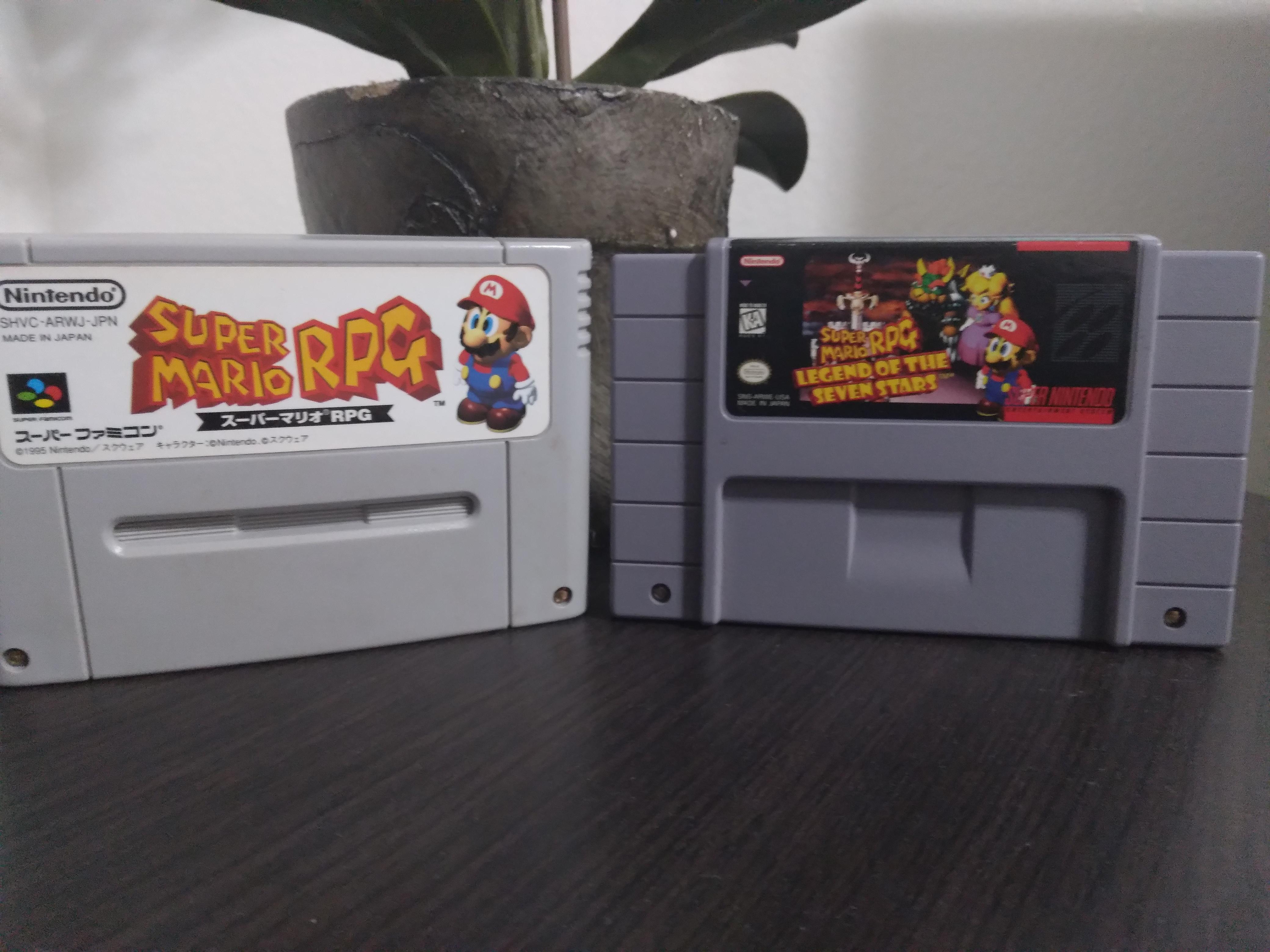
In more recent generations, the disc media format practically allowed several platforms to use the same format support — such as CD, DVD or Blu-Ray. However, in the Cartridge Era, especially when we talk about the Super Nintendo, things weren’t quite like that.
Anyone who lived through this period must remember that cartridges sold in the United States, Europe and Japan had completely different formats, factor that practically created a region lock for some titles. However, have you noticed that Didn’t even some of the titles marketed in North American lands share a cartridge design?
Believe me: SNES cartridges had a small difference that, in the first models of the console, made a difference in a detail that went unnoticed by many. Find out below!
Technical differences
If you had a Super Nintendo, you will certainly remember that the platform had a button called Eject, which was used to remove the cartridge from the console. By default, we always pressed it when we wanted to change games, but In some titles this was not necessary.
In cartridges sold in the United States, it was possible to find a differentiation just below the front label: one entry in a horizontal format and another forming what appears to be a “ramp”.
Models like the one in the following image were part of the first wave of Super Nintendo games, having a format that “locked” them into the consoles. The only way to release them was to press the button Ejectsince he wouldn’t get out any other way — even using force.
Model of the first Super Nintendo cartridges.Source: Douglas Vieira/Voxel
Years later, Super Nintendo cartridges gained a new design with a centralized gap, allowing just a slight upward pressure to remove it from the console.
 Most common front housing model and present in most SNES games.Source: Douglas Vieira/Voxel
Most common front housing model and present in most SNES games.Source: Douglas Vieira/Voxel
In the case of the smaller Super Nintendo model (which here became known as SNES Baby), the button Eject does not exist and all cartridges were removed “manually”. As you can see in the image below, this happens because the tapes did not go in far enough to reach the security cracks., facilitating its removal.

Does the Japanese SNES cartridge work on the American model?
The shortest answer to this question is simbut we must consider that You need to make some kind of modification to the cartridge or console.
All games released in the United States had two fissures on the back of the casing, which fit into cartridge compartments. Therefore, for a Japanese game to work, the first solution found by many was to damage the plastic, creating two cracks in the rear housing to adapt the game to the console.
Of course, this changed the aesthetics of the cartridge and, in a way, reduced its resale value. Therefore, some people ended up resorting to another trick: break the latches on the video game tape slot.
 Japanese and American SNES cartridge, respectively.Source: Reddit/Reproduction
Japanese and American SNES cartridge, respectively.Source: Reddit/Reproduction
It is worth mentioning that the ways mentioned above are a bit radical to be used currently, as now you can play your Bahamut Lagoon or Seiken Densetsu 3 just using an adapter.
And does the European cartridge work on the American SNES?
Here the case is a little more delicate. Although the Japanese and European cartridge formats are similar, creating two slits in the rear casing (or modifying the console) will not help much, as It would still be necessary to make some type of modification to the chip to be able to enjoy the game.
So, did you enjoy the curiosity? Tell us on social media Voxel!
Source: https://www.tecmundo.com.br/voxel/271732-snes-tinha-dois-tipos-diferentes-cartucho-eua.htm


